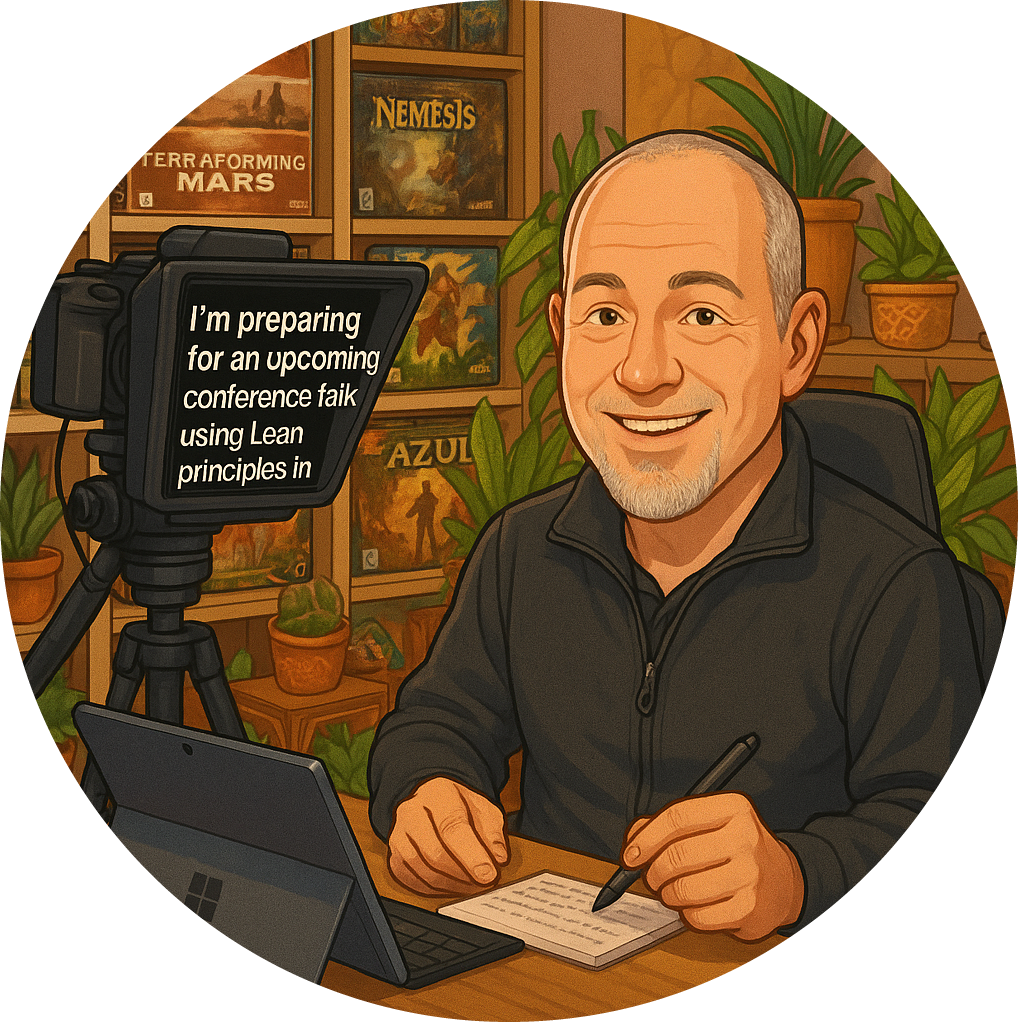Debunking the Lego Approach
Let’s unravel a common myth in Scrum training: Is using Lego as a teaching tool the ideal approach?
Surprisingly, there’s more to consider than you might think. 🤔💡
Dilemma: Undermining Seriousness
One prevalent reason we abstain from using Lego in our training is that it often belittles the essence of what we’re striving to convey.
It’s not child’s play, it’s about transforming work culture. 🚀
A Mismatch of Medium and Message
- Context Dissonance 🧩: Integrating Lego can make it strenuous to articulate the principles of an innovative, cooperative, and swift mode of operation.
- Credibility at Stake 🏛️: Picture this - CEOs, those steering the ship, squatting on the floor, engrossed in assembling colorful bricks. It can paint an incongruous picture, potentially detracting from the gravity of the training.
Why it Doesn’t Work
Dilution of Importance 🌊: Lego, albeit fun, inadvertently trivializes the crux of Scrum methodologies.
Engagement Overdrive ⚡: The playful nature might overshadow the transformative concepts being introduced.
Perception Mismatch 👀: Senior professionals might find the approach too juvenile, leading to disengagement.
How-to Shift the Narrative
Choose Relevant Tools 🔧: Utilize training tools that resonate with the professional gravity of the participants.
Maintain Contextual Balance ⚖️: Ensure the methods employed align seamlessly with the content.
Striking the Right Chord
While Lego can be a brilliant tool for certain educational environments, it may not strike the right chord in a Scrum training session.
In Part 1 of this exploration, we’ve delved into how it can undermine the serious transformation we’re aiming to impart.
Stay tuned for more insights. 🌟🔄





























